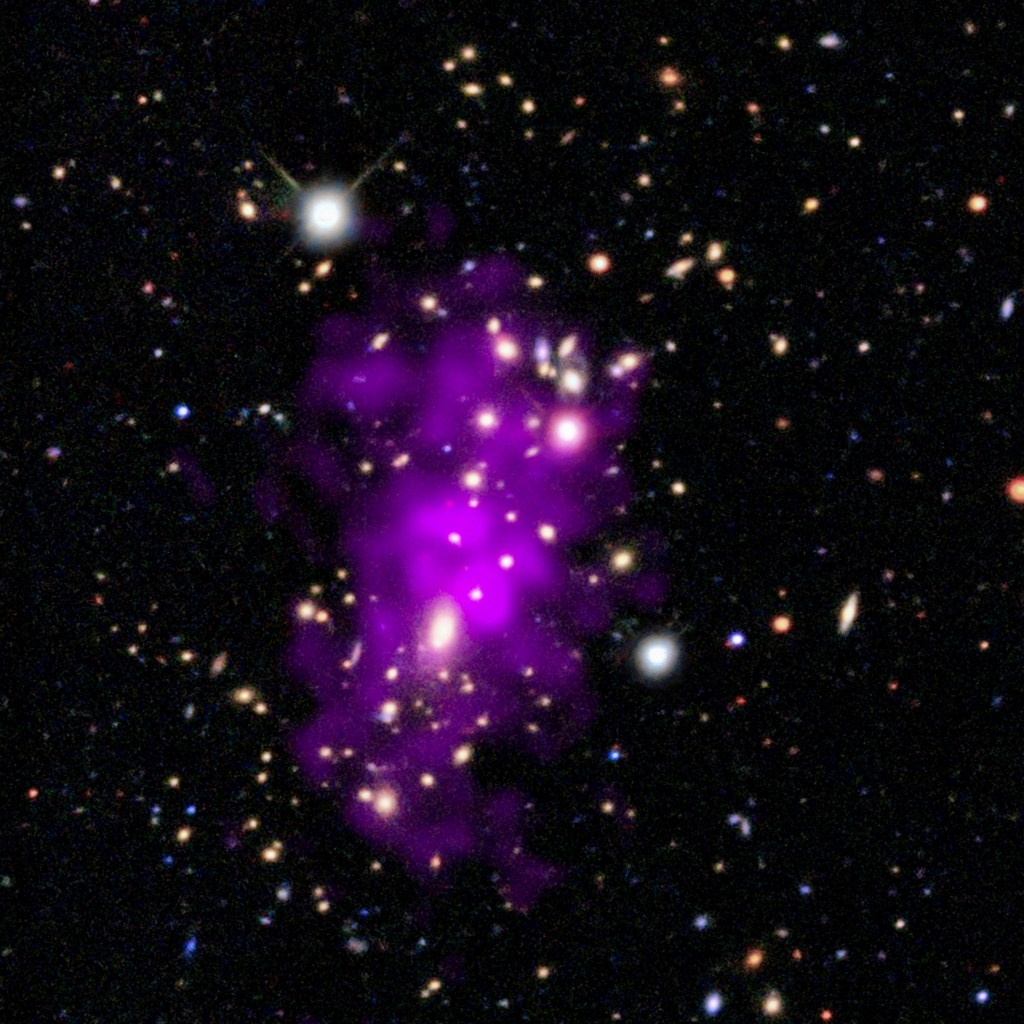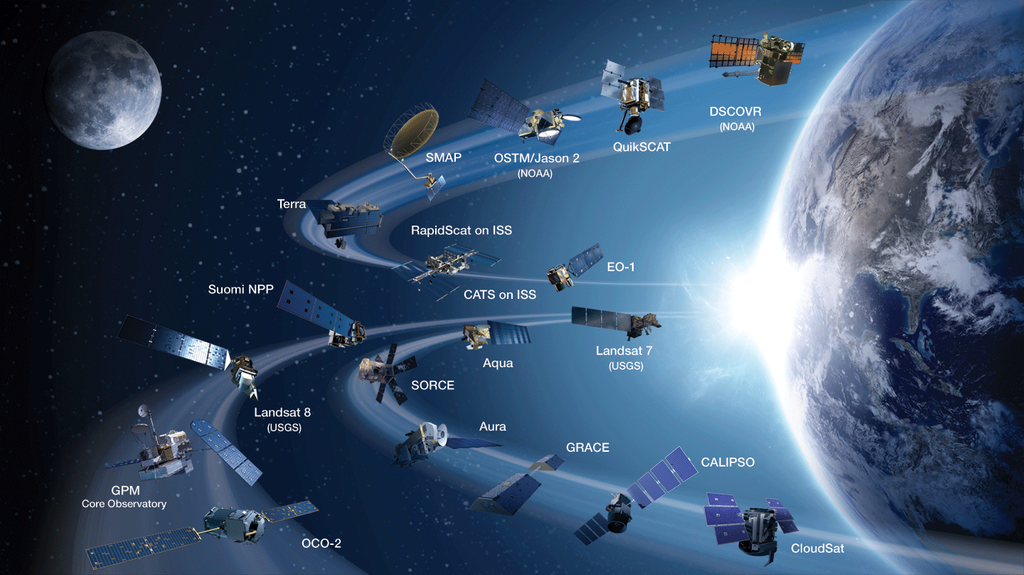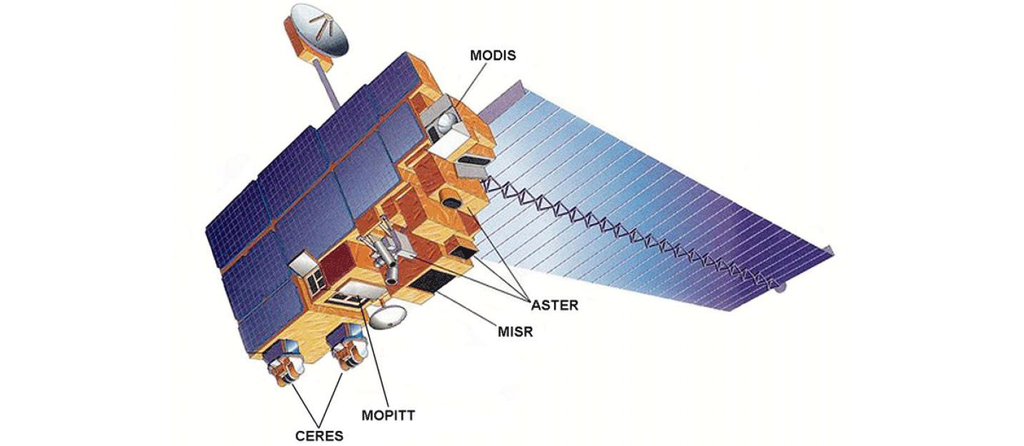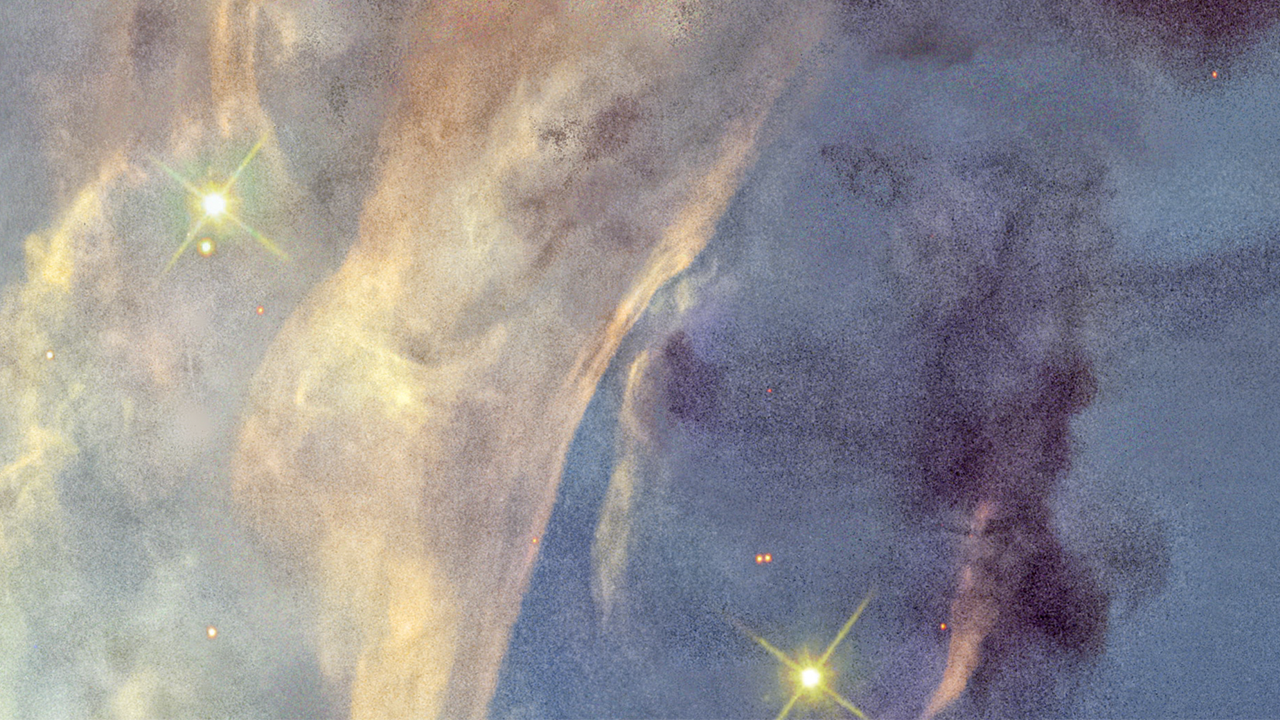1 min read
Mars Rotation
This animation was assembled from a combination of Hubble Space Telescope images of Mars taken from December 28th to 30th, 2024. At the midpoint of the Hubble observations, Mars was approximately 61 million miles from Earth. The photos were then mapped onto a sphere, which is then rotated in this video. Mars completes one rotation (a Martian day or “sol”) in approximately 24 hours, 37 minutes. Mars looks reddish due to oxidization of iron in the rocks and regolith (Martian “soil”). As the planet rotates key features appear: The relatively smooth-looking Tharsis plateau home to giant extinct volcanoes, the shark fin shaped Syrtis Major which looks darker because of coarser sand grains, the icy north polar cap, and thin water-ice clouds. It was early northern spring when Hubble gazed at the Red Planet.
- Release DateApril 23, 2025
- Science ReleaseEye on Infinity: NASA Celebrates Hubble’s 35th Year in Orbit
- CreditVideo: NASA, ESA, STScI, Joseph DePasquale (STScI), Leah Hustak (STScI); Acknowledgement: Amy Simon (GSFC)
Related Images & Videos

Mosaic of Hubble 35th Anniversary Targets
A selection of photogenic space targets to celebrate the 35th anniversary of NASA's Hubble Space Telescope. Upper left: Mars. Upper right: planetary nebula NGC 2899. Lower left: a small portion of the Rosette Nebula. Lower right: barred spiral galaxy NGC 5335.

Rosette Nebula Context Image
The Rosette Nebula is a vast star-forming region, 100 light-years across, that lies at one end of a giant molecular cloud. The background image is from the Digitized Sky Survey, while the inset is a small portion of the nebula as photographed by the Hubble Space Telescope.

Planetary Nebula NGC 2899
This video zooms across 6,500 light-years through a star-studding field to visit the planetary nebula NGC 2899, as photographed by the Hubble Space Telescope. The nebula has a diagonal bipolar structure formed by a cylindrical-shaped outflow of hot gasses and radiation from the c...
Share
Details
Claire Andreoli
NASA’s Goddard Space Flight Center
Greenbelt, Maryland
claire.andreoli@nasa.gov








































